Women in Science - a historical perspective
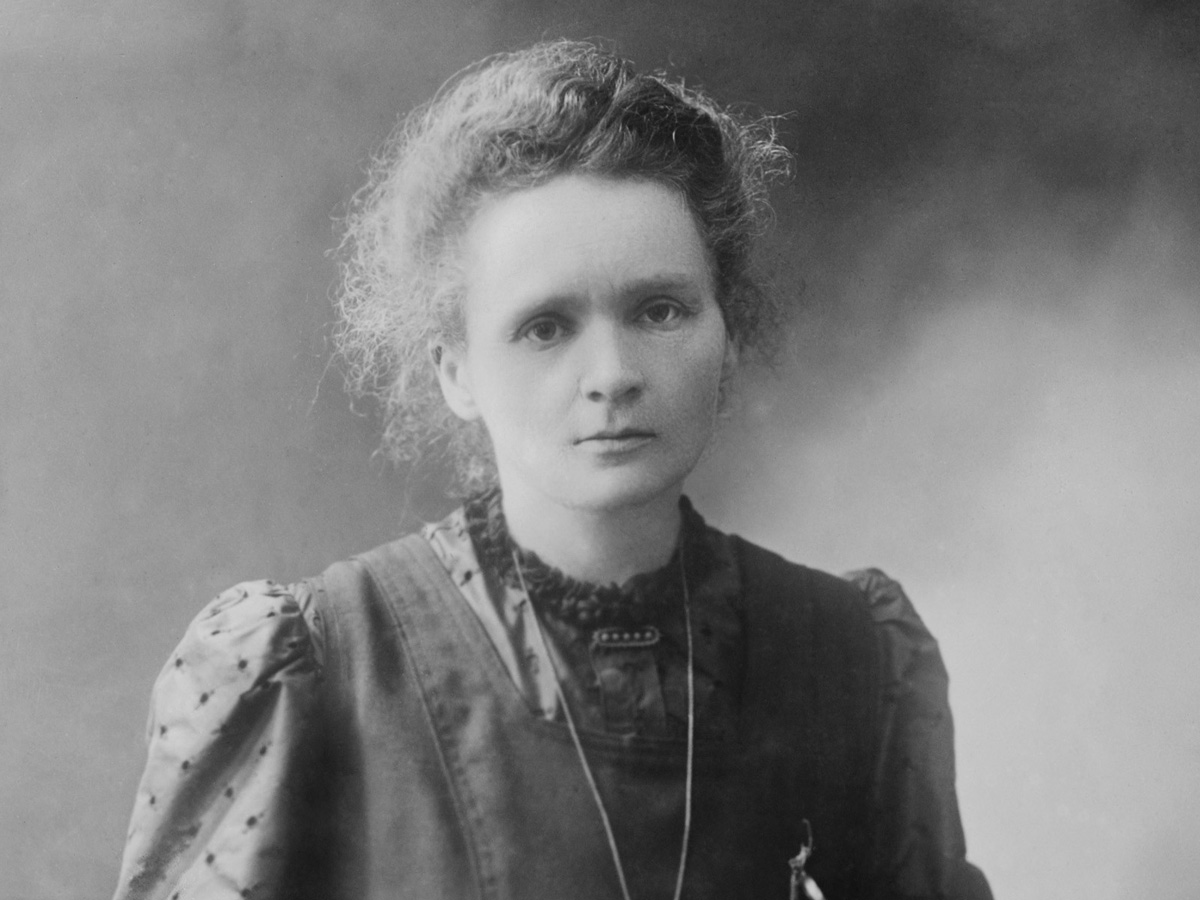
Marie Curie was the first female recipient of a Nobel Prize Picture: © Shutterstock
175 minutes for chemistry
David Neadle, a retired member of the Royal Society of Chemistry, spent his 175 minutes for chemistry researching the inspirational achievements of a number of historical women in science. In this article, David highlights the ongoing struggle for recognition and representation faced by female scientists
As a STEM Ambassador in the Black Country, I have enjoyed spending a lot more than 175 minutes writing an article on a subject about which I am passionate. I chose this subject to highlight the amazing achievements of women scientists, despite the difficulties often faced by women who wanted to pursue a career in science in years gone by. I was also inspired by a visit to the Rosalind Franklin Building at the University of Wolverhampton and subsequently reading her biography, which is mentioned in my article.
The examples I chose (I was spoiled for choice) are not confined to women working in chemistry, but also include a palaeontologist, mathematician, marine biologist and astrophysicist; science does not have any absolute boundaries. I learned a great deal whilst researching this article. The lives and achievements of these women are inspiring and I hope that young women who read about them may themselves be inspired to consider a career in science as they begin to think about their future.
Women have made many truly significant and often dramatic contributions to science. Equally dramatic is the way in which the success of women in science increased during the 20th century. Based on a listing, from authoritative sources, of all scientists, irrespective of nationality, who have made game-changing advances throughout history, women account for less than 7% of the total. However, if the calculation is repeated for scientists born since 1900, almost 20% are women. I have no doubt that this very encouraging trend will continue.
Many obstacles have been placed before women in science over the years, although occasionally a source of encouragement and practical help intervened on their behalf.
Consider the case of Agnes Pockels (1862–1935). Agnes had been interested in science since childhood and wanted to study physics. However, she had no access to universities and could only find information from scientific literature through her younger brother, a student of the University of Göttingen. A single woman, Agnes looked after her sick parents at their home in Germany. She carried out the household chores, and, whilst washing up, she noticed the effects of oils, soaps and other household chemicals (today we would call them surfactants) on the surface tension of water.
Agnes devised an apparatus with which she could measure surface tension and in 1891, with the help of Lord Rayleigh (an eminent English scientist), published her first research paper, Surface Tension, in the journal Nature. Agnes continued to study surface phenomena and published several more scientific papers. She received the Laura Leonard award from the Colloid Society in 1931 and was granted an honorary PhD by the Braunschweig University of Technology. From washing up to becoming a recognised pioneer in the new field of surface science – quite a triumph!
In the 1930s, many women seeking to pursue a career in science had to endure inconveniences, restrictions and even humiliation compared with, and sometimes from, their male counterparts, a situation that sometimes continues to be an issue in the present day. I commend you to read the brilliant and moving biography of Rosalind Franklin by Brenda Maddox (published by Harper Collins) to gain an insight into some of these issues, as well as to learn the full inspiring story of an amazing life.
Many aspects of society changed during the second half of the 20th century, including attitudes toward women scientists. Obstacles based on outdated traditions, culture and outright prejudice began to disappear.
Women's contributions to science encompass mathematics, physics, chemistry, biology, biochemistry, astrophysics, palaeontology, embryology, medicine, nuclear science, archaeology, anthropology, psychology and environmental science (this list is far from exhaustive). And what magnificent achievements, what dedication, what outstanding ability have been demonstrated by women in science.
Even so, a recurrent theme has been that some women have not received the recognition and honours that their work deserved. I am very glad to venture the opinion that this is now no longer the case for women in science. Indeed, I firmly believe that science is an area where there can, and must, be true equality.
I want now to tell you a little about some of the women who have achieved at the highest level in science. However, this is not, in any way, to devalue the enormous contribution made by women, past and present, working in all aspects of scientific endeavour, whose names do not appear in rolls of honour; their work is equally essential.
I have chosen six women, a very difficult task because I was spoiled for choice, and very many equally eminent women scientists have not been included. This is because I have tried to select on the following criteria:
- Examples of women scientists from early to modern times
- Significance of achievement
- Illustrating the vast diversity of fields of research and discovery
- The real drama, excitement and astonishing discovery of science
- Direct relevance to our world and lives
Because this is a brief article, I have included only one example in any particular field of science.
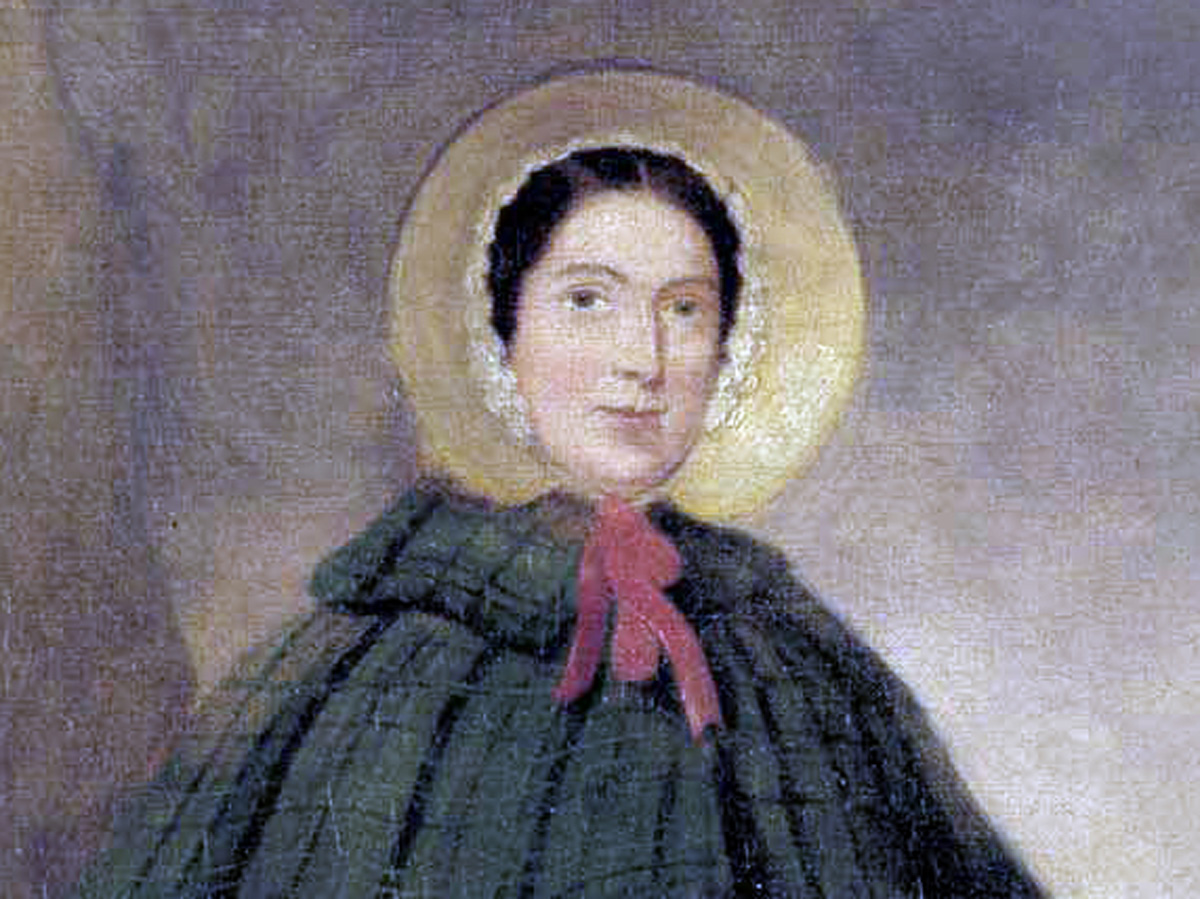
Picture: Courtesy of the Natural History Museum, London
Mary Anning (1799–1847)
A fossil hunter and palaeontologist, Mary Anning became known worldwide for finds in Jurassic marine fossil beds. She searched in the Blue Lias cliffs on the English Channel around Lyme Regis. Her work changed scientific thinking about prehistoric life and the Earth’s history.
Her searches were concentrated in the winter months, following landslides that often revealed fossils. The work was dangerous and she almost perished in 1831 in a landslide that killed her dog.
Mary discovered the first ichthyosaur skeleton, the first two plesiosaur skeletons and the first pterosaur skeleton outside Germany, as well as numerous fish fossils.
Her father, a cabinetmaker, died when Mary was 11 years old; the family was poor and she struggled financially for most of her life. Because she was a woman, she was not allowed to join the Geological Society of London and did not always receive credit for her discoveries. She felt ill-used.
In 2010, the Royal Society included Mary Anning among the 10 British women who have most influenced the history of science.

Picture: © Shutterstock
Marie Curie (1867–1934)
A physicist and chemist, Marie Curie was one of the most famous scientists of her time. Born in Warsaw, she studied physics and mathematics at the Sorbonne, where she met her husband, Pierre. Working together, they investigated radioactivity. In July 1898, they announced the discovery of the new element polonium. Towards the end of the same year, they reported the discovery of radium.
With Henri Becquerel (an eminent French physicist), they were awarded the Nobel Prize for Physics in 1903.
Pierre was killed by a carriage in 1906. Marie took over his responsibilities and became the first woman to teach at the Sorbonne.
She dedicated her life to continuing the work she had begun with Pierre. Marie was awarded the Nobel Prize for Chemistry in 1911. Her research was crucial to the development of X-rays in surgery. She helped equip ambulances with X-ray equipment in World War I and drove the vehicles to where they were needed. Marie was head of the Radiological Service for the International Red Cross.
Marie Curie faced continued opposition from male scientists in France. She received little financial benefit from her work and died on 4 July 1934 from pernicious anaemia, caused by exposure to high-energy radiation in her research (in those days, scientists often suffered from the effects of hazardous substances, because the hazards were not properly understood and the introduction of safety precautions and regulations was still in the distant future).
Marie Curie’s daughter, Irène, was also a scientist and jointly won the Nobel Prize for Chemistry in 1935, with her husband, Frédéric Joliot-Curie.
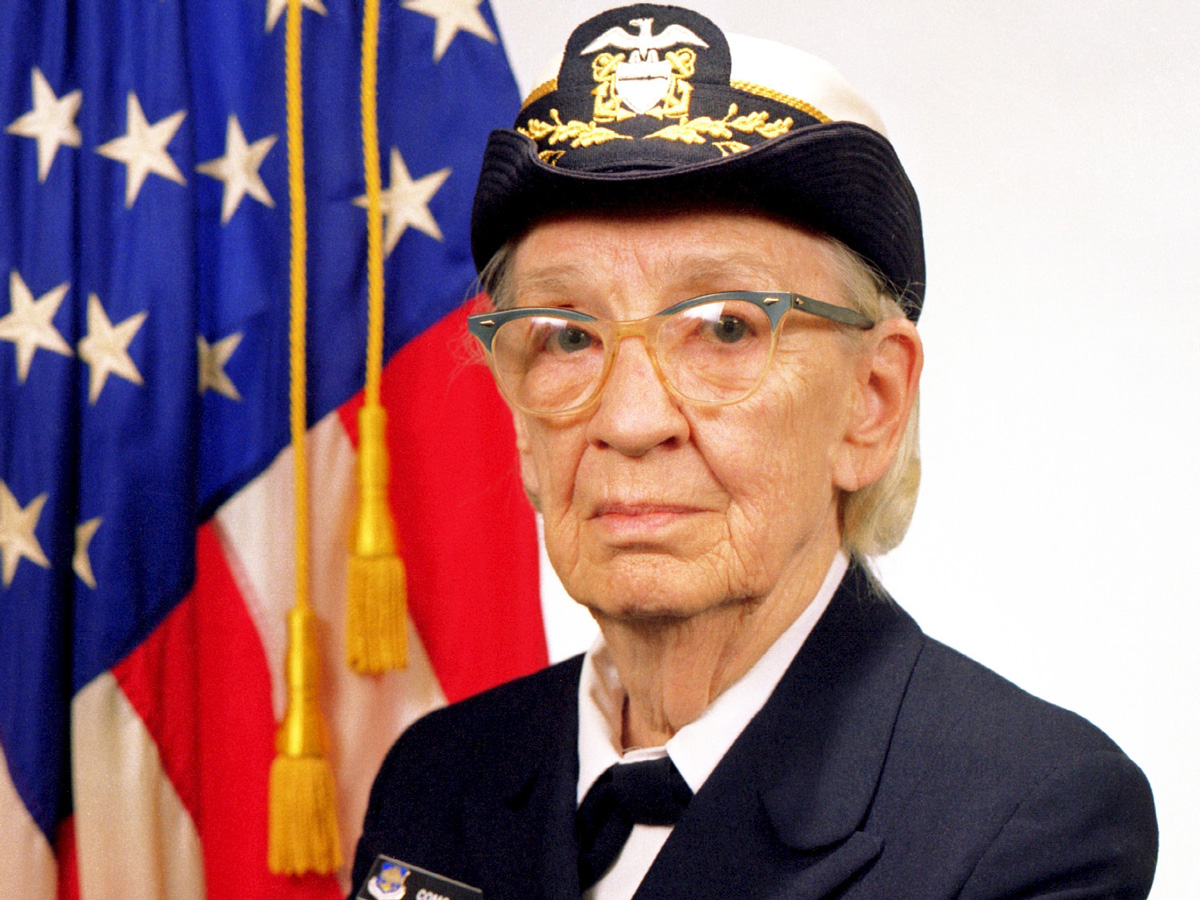
Picture: © United States Navy/James S. Davis
Grace Hopper (1906–1992)
Grace Hopper was an American computer scientist who attained the rank of Rear Admiral in the United States Navy. She was one of the first programmers of the Harvard Mk1 computer in 1944 and invented the first compiler for computer programming language (simply described, a compiler is a programme that transforms the language used to communicate with a computer into machine code with which the computer operates).
She also popularised the concept of machine-independent programming languages and consequently paved the way to development of COBOL (one of the earliest high-level programming languages).
Grace Hopper is credited with originating the term "bug" to describe computer glitches and very likely did originate "de-bugging" when she carefully removed a moth that was interfering with the internal components of a computer! The esteem in which the United States Navy held her contribution to computer science is evident by the fact that the Guided Missile Destroyer "Hopper" is named after her.
Grace Hopper graduated in mathematics and physics in 1928 and gained a PhD in mathematics from Yale University in 1934. She was appointed as associate professor of mathematics at Vassar College in 1941.
With the advent of World War II, she joined the US Navy Reserve, and, after training, was transferred to the Bureau of Ships Computation Project at Harvard University, where she continued until 1949, turning down a full professorship at Vassar so that she could remain as a research fellow with the Navy.
In 1949, Grace joined the team developing UNIVAC, the first commercially available computer. By 1952, she had an operational compiler (she said that no one would believe that this had actually been achieved) and in 1954 became the company’s first director of automatic programming. In 1959, Grace Hopper was appointed technical consultant to the committee, which defined the new language COBOL.
From 1967 to 1977 Grace was director of the Navy Programming Language Group with the rank of Captain. During the 1970s she advised the Defence Department to replace large centralised computer systems with networks of small distributed computers.
Grace Hopper retired several times and was called back each time. She continued working until the age of 85 and was accorded more awards and honours than there is space to list in this brief article. She was buried with full military honours in Arlington National Cemetery.
As a footnote, the first computer programme was also written by a woman in 1843 (yes 1843!). Ada Lovelace (1815–52), daughter of Lord Byron, was a brilliant mathematician who wrote an encoded algorithm intended for processing by Charles Babbage’s Analytical Engine (a mechanical computing machine). Unfortunately, Babbage died before the building of his amazing machine was finished.
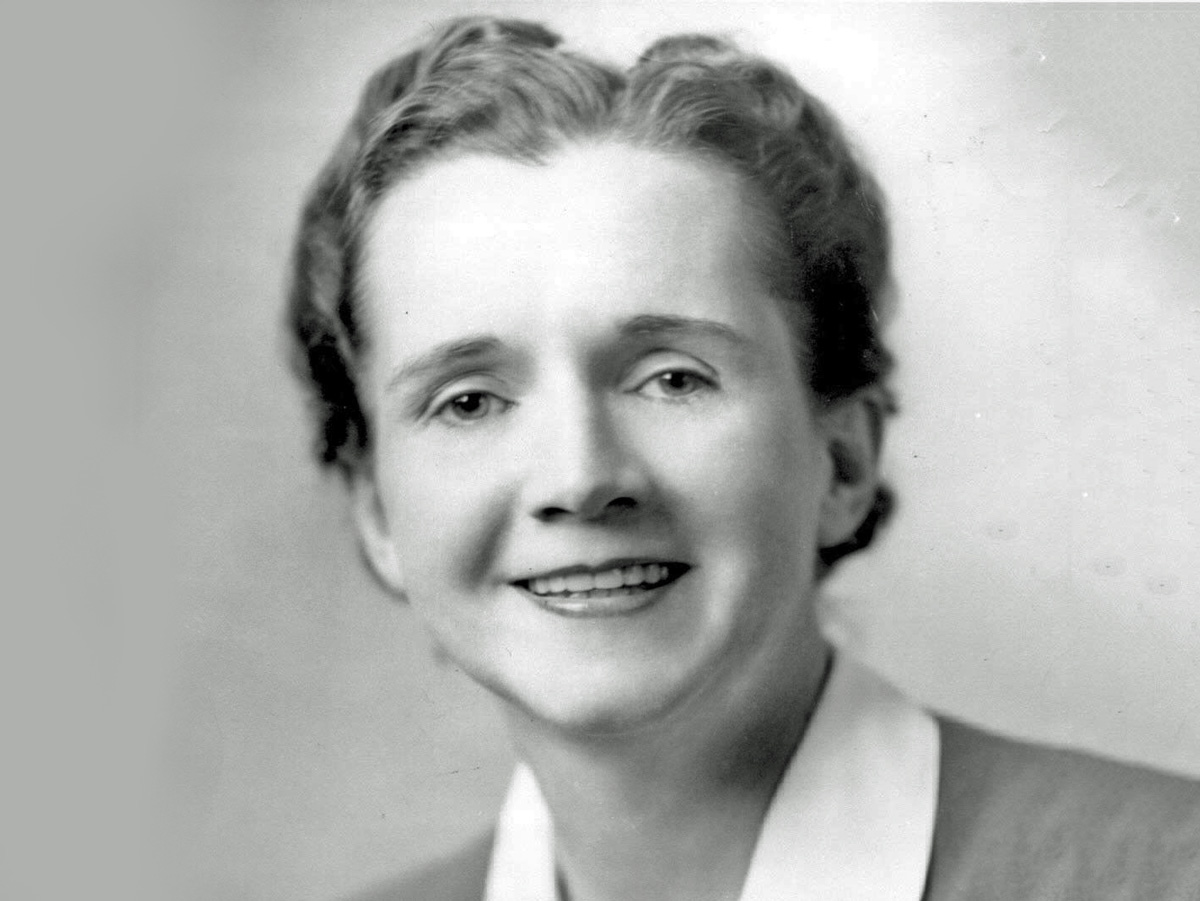
Picture: © US Fish and Wildlife Service
Rachel Carson (1907–1964)
In June 1962, a book titled Silent Spring was serialised in The New Yorker. The author was marine biologist Rachel Carson. The book raised concerns regarding the effects of human activity upon the environment. For example, driven by the demand for food, DDT was being used as an agricultural pesticide, resulting in its accumulation in food chains and damage to wildlife. DDT (dichlorodiphenyltrichloroethane) is a contact poison that was developed for use in World War II, to prevent the spread of diseases by insects.
Silent Spring acted as a wake-up call, prompting awareness of environmental issues in the United States.
Finally, DDT was banned, together with other pesticides that were dangerous to the environment. Rachel Carson’s work led to the formation of the Environmental Protection Agency (an extremely powerful regulatory authority) in the US. She was posthumously awarded the Presidential Medal of Freedom.
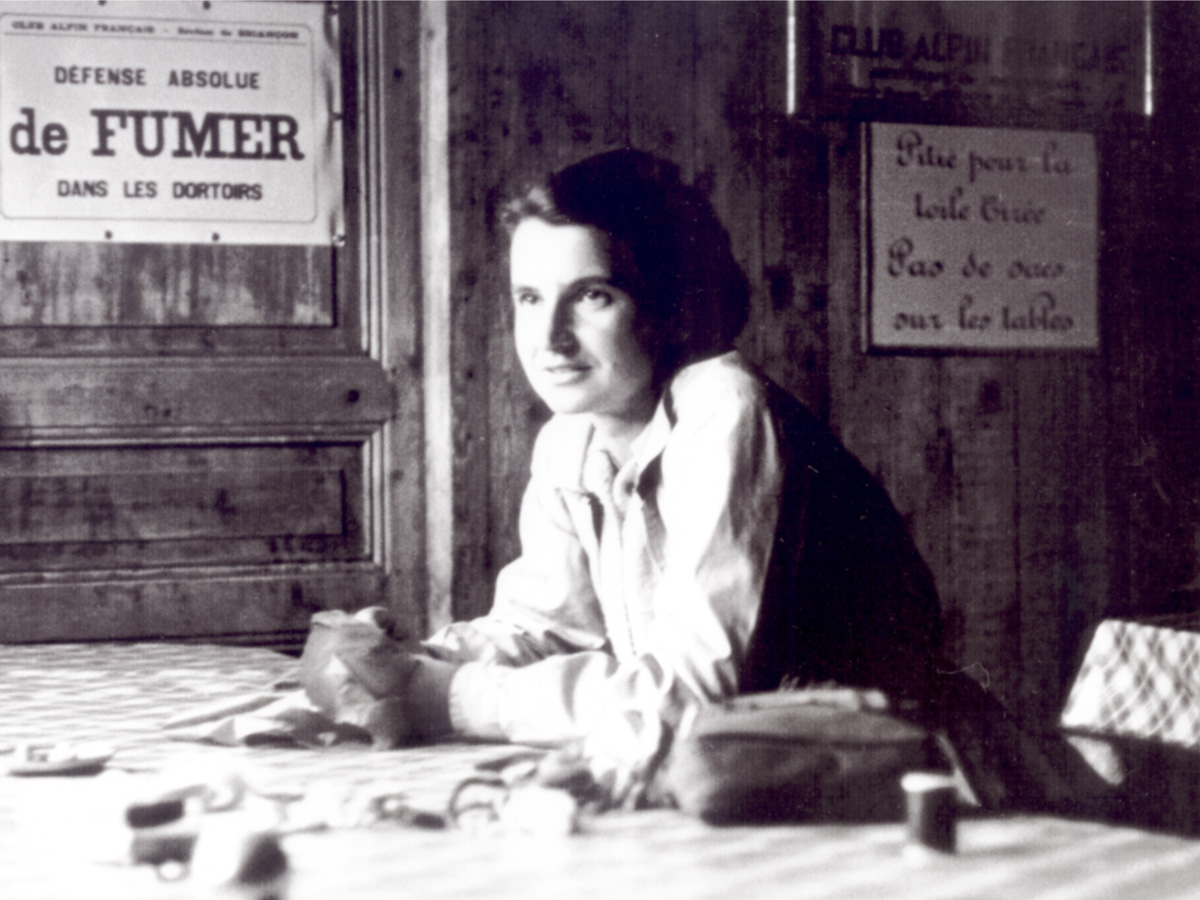
Picture: Courtesy of Jenifer Glynn
Rosalind Franklin (1920–1958)
Rosalind Franklin (Ros’lind as she liked to be called) is mainly remembered for "Photograph 51", a superb X-ray diffraction image of DNA, which was crucial in unlocking the secret of life itself. But there was so much more in the achievements of this amazingly talented woman whose life ended after only 37 years.
Born into quite an affluent Jewish family, Rosalind was notably clever as a child. At Cambridge University, she was outstanding in physical chemistry.
Her first research post was with BCURA (British Coal Utilisation Research Association), where she studied the porosity of different types of coal. The work was commercially important because of its industrial applications, and Rosalind achieved international recognition in this field.
The next (and most well-known) phase of her career involved the use of X-ray crystallography to produce images that provided insights into the structure of complex biological molecules. (It is worth digressing for a moment to explain that when a beam of X-rays is directed at a crystal, the beam is scattered and produces an image in the form of a pattern on a photographic plate; this pattern can be interpreted to provide information about the molecular structure of the crystalline substance). Rosalind worked with biophysicist Maurice Wilkins at King's College London, seeking to determine the structure of DNA. She developed a technique that provided very high quality images (some have described them as "beautiful"), which pointed to a helical structure for the DNA molecule. Rosalind was not prepared to draw premature conclusions and set aside the, now famous, Photograph 51 to continue with other work.
Photograph 51 was shown to James Watson, a geneticist, who was also working on DNA with biophysicist and neuroscientist Francis Crick. To James Watson the sight of Photograph 51 was a revelation; he recognised that the distinctive "X pattern" clearly indicated a helical structure for DNA. Rosalind was unaware that the photograph, which was the result of her research, had been shown to James Watson.
Watson, working with Crick, built a model of DNA based on the helical structure and published the discovery in the journal Nature. The massive importance of this work is that the structure of DNA holds the information, in a chemical code, for heredity, and also provides a mechanism by which this hereditary information is passed on through generations. Watson, Crick and Wilkins were awarded the Nobel Prize in 1962.
Rosalind was already thinking of moving on. The third phase of her career involved research into the structure of tobacco mosaic virus. Her achievements in any one of her three main areas of research would be counted as a very successful life’s work.
Death, from ovarian cancer, came too soon to Rosalind at age 37. She continued with her work almost until the end and did her utmost to conceal her illness from colleagues. She was so busy with her research that she could not really spare the time to die.
Rosalind loved outdoor pursuits, particularly walking on and climbing mountains. She travelled extensively, visiting overseas laboratories, lecturing and taking the opportunity to explore new countries. Rosalind lived in France for a time and spoke the language fluently. Throughout her life, she formed long lasting, firm friendships and was particularly good with children. Rosalind was respected and admired tremendously by students who worked under her guidance.
The Rosalind Franklin Building is a new world-class science facility at the University of Wolverhampton, a fitting recognition of an amazing life and her immense contribution to science. I would really like to have had the opportunity to meet her.
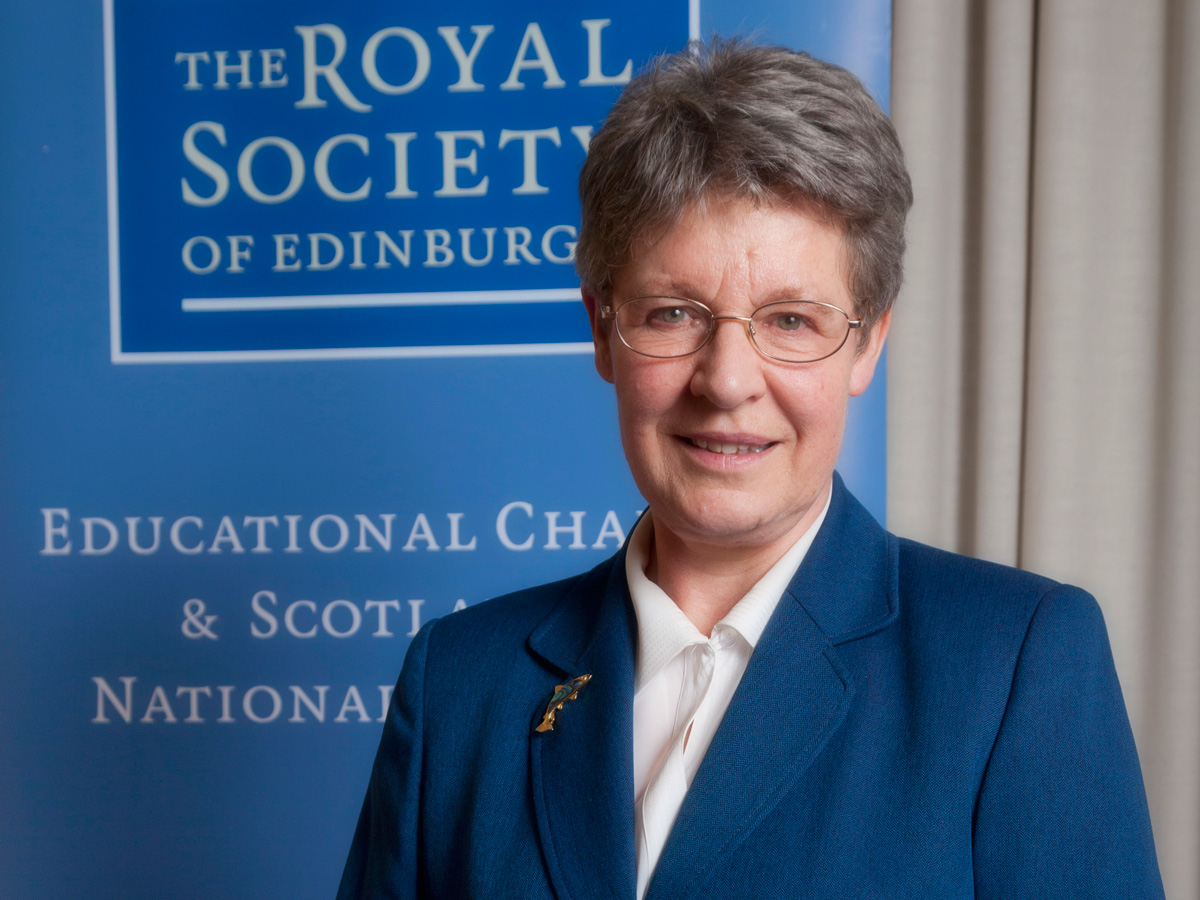
Picture: ©Gary Doak
Jocelyn Bell Burnell (1943– )
LGM-1 (Little Green Men-1) was the amusing name that Northern Irish astrophysicist, Jocelyn Bell Burnell, together with her supervisor, Antony Hewish, gave to pulses of radio signals from a fixed point in the sky that she discovered whilst completing her PhD thesis.
In fact, Jocelyn's observations had revealed the radiation beam of a rotating neutron star, each pulse representing a single rotation of the star.
Her discovery in 1967 was both exciting and astonishing. By 1968 these stars, which are extremely dense and believed to be composed predominantly of neutrons, were given the name "pulsars".
Antony Hewish was awarded the Nobel Prize in 1974 for his work. Jocelyn did not share in the prize, an omission that gave rise to controversy, even rage in some quarters. However, Jocelyn took a very mature view and maintained that, in this case, it would not have been appropriate for her, as a research student, to share in the Nobel Prize, because her supervisor had to take overall responsibility for the projects undertaken by students.
Jocelyn achieved great distinction in her subsequent career and became president of the Royal Astronomical Society (2002–2004), president of the Institute of Physics (2008–2010) and was president of the Royal Society of Edinburgh in 2014.
Acknowledgements
I gratefully acknowledge the biography of Rosalind Franklin, details of which appear in the text of this article, as well as Science Year by Year edited by Professor Robert Winston and published by Dorling Kindersley Ltd, 80 Strand, London, WC2R 0RL, as sources of information.
The internet has also provided me with information on the achievements and lives of women scientists. More details of the women scientists mentioned can be found from this source and will add interest for anyone wishing to learn more. Any errors in this article are mine.
Author: David Neadle, Chartered Chemist, Fellow of the Royal Society of Chemistry, STEM Ambassador.
Tell us your story
We'd love to hear how you’ve been spending your 175 minutes for chemistry. Complete the form on our anniversary web page or tweet us @RoySocChem with #Time4Chem to share your story with us. We'll be featuring your stories on our RSC News website and in print throughout the year.
Further information
To read more profiles of inspirational individuals in the chemical sciences, both historical and present day, visit our 175 Faces of Chemistry website.